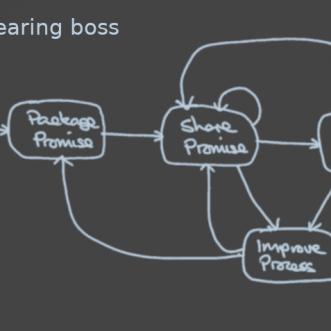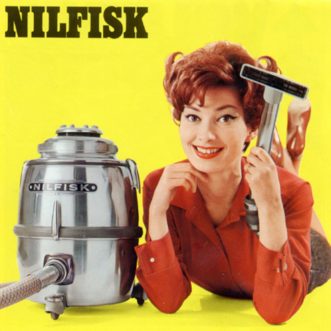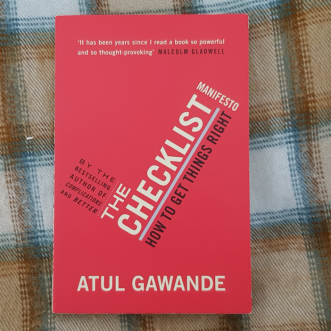
The sweet spot
One of the things that puts Bosses off writing down how their business should work, is that there is just so much to know.
When it’s all whirling around in your head along with all the ideas for new ways to delight your clients, and all the everyday housekeeping for your business, it’s almost impossible to work out where to start, or how much to write down.
Where to start is easy. I like to begin with how you open for business. It’s a good warm-up exercise, usually fairly straightforward, and immediately useful. It also gets you starting to think about how responsibilities are shared.
As you write your Customer Experience Score, it pays to remember that you’re writing for competent human beings, professionals, who know what they are doing.
You don’t have to spell out the bits they are experts at – whether that’s making a testimonial video, coming up with ideas for a marketing campaign, preparing a set of accounts, or handling a quartet of dogs in the park. These bits can be jazz: “film cool stuff“, “produce 3 ideas – one for the client, one for us, and one off the wall“; perhaps with a few pointers, “practise recall, play catch, give them a good run“.
In general what a Customer Experience Score is doing, is documenting all the bits around those core activities that have to happen in order everything to run smoothly, and in line with your Promise.
These are the bits that you do unthinkingly, because you’ve internalised them, but which others have to learn to do, and need to refer to when an activity is infrequent. These are also the bits we can bring even more into line with your Promise, to make the experience unique and even more compelling.
These bits can be a bit more spelt out, but as no more than bullet points. As prompts, not instructions.
By the time you’re done, often all people need is a look at the high-level diagram to remind themselves, they already know the steps by heart.
So, how much to write down depends on you, your team, and your Promise of Value:
What level of detail will give you confidence that clients will always get the customer experience they deserve?
What level of detail will give your team the confidence to ad lib, personalise and embellish in order to make that customer experience even better?
The sweet spot lies at the intersection of these questions.
And the best way to find it is to start writing.
Discipline makes Daring possible









One of the first things a professional de-clutterer will do is get rid of ‘duplicates’.
This is a strictly utilitarian view, that says one cake-slice is much like another, and ignores all the possible reasons why you might end up with 10 of them.
You might have received one as a gift, or inherited one from a parent or friend. You might have had to rush out and buy new because you couldn’t put your hand on one just when you needed it. You might have just liked the look of it.
Or you might simply be satisfying that very human urge for repetition with variation that encourages us to build collections.
All that makes choosing ‘the one’ that’s going to stay, emotional and just a bit stressful, especially if you’re made to feel judged by your inability to maintain a minimal lifestyle.
Which might be one reason I dislike de-cluttering TV programmes so much.
As you grow your small business, working out what your clients really want, and finding new ways to delight them, you acquire business processes like I acquire cake-slices.
You inherit them from your previous workplace, or maybe even the previous owner. A new employee gifts you a shiny new one. You cobble a new one together in a rush, because you can’t quite put your hand on the one you did earlier when you need it.
Or, as happens when we’re in the thick of it, it’s simply easier to focus on the differences between cases rather than the similarities.
Luckily, business processes aren’t like cake slices. We don’t have to choose.
We can combine the best features of all of them to create one beautiful and super-useful process, with all the emotion built in, and still with room enough to deal with a new kind of cake.
That means that when I work with clients, I can start by assuming we’re going to keep everything, and work on capturing and streamlining the most salient version – the one that happens most, or is the most difficult to hand over, or the most complicated.
Usually, by the time we’ve worked through that, the owner has realised that they don’t need all the others. This new process covers all the options.
We check to make sure of course. And if, on further inspection, it turns out we do need another version, we put that in place, reusing as much of the newly designed process as we can.
No stress. No agonising over what to keep and what to throw away. No being made to feel like you are in the wrong.
Just the relief of knowing that all that clutter is now out of your head, and out of the business too. Making it a calmer, clearer place to work for everyone, with added room for innovation.
Discipline makes Daring possible.
I’m Kirsten Gibbs, Boss Disappearer, and I can help you write your Customer Experience Score , to make your business easier to run, easier to grow and easier to build into a legacy you’ll be proud of.
Ask me how.